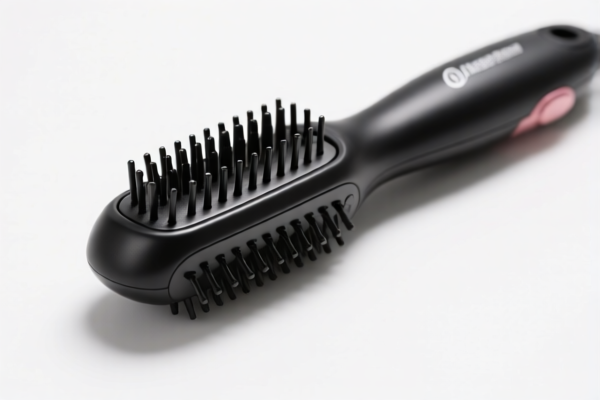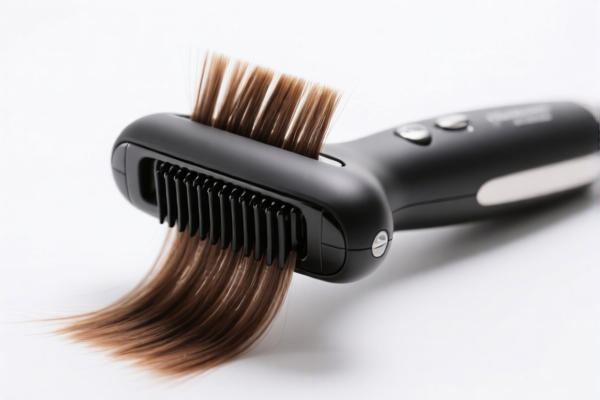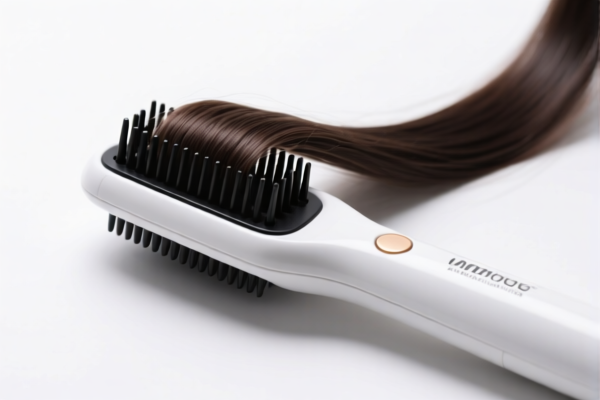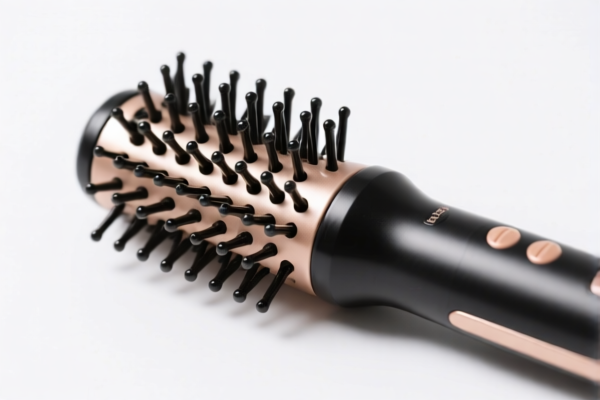| HS Code | Official Doc | Tariff Rate | Origin | Destination | Effective Date |
|---|---|---|---|---|---|
| 9503000071 | Doc | 30.0% | CN | US | 2025-05-12 |
| 9503000073 | Doc | 30.0% | CN | US | 2025-05-12 |
| 9505906000 | Doc | 30.0% | CN | US | 2025-05-12 |
| 9505902000 | Doc | 30.0% | CN | US | 2025-05-12 |
| 5806392000 | Doc | 59.9% | CN | US | 2025-05-12 |
| 5806393080 | Doc | 55.0% | CN | US | 2025-05-12 |
| 5807902090 | Doc | 58.3% | CN | US | 2025-05-12 |
| 5807102090 | Doc | 58.3% | CN | US | 2025-05-12 |
| 5808101000 | Doc | 55.0% | CN | US | 2025-05-12 |
| 5808104000 | Doc | 58.2% | CN | US | 2025-05-12 |
| 6815994170 | Doc | 55.0% | CN | US | 2025-05-12 |
| 6815992000 | Doc | 55.0% | CN | US | 2025-05-12 |
| 6804300000 | Doc | 55.0% | CN | US | 2025-05-12 |
| 3926903500 | Doc | 44.0% | CN | US | 2025-05-12 |
| 3924104000 | Doc | 33.4% | CN | US | 2025-05-12 |
| 3924905650 | Doc | 40.9% | CN | US | 2025-05-12 |




Hair Cutting Toys
Hair cutting toys are playthings designed to simulate the process of cutting and styling hair, generally intended for children. They cater to imaginative play, often revolving around role-playing as a hairdresser or barber.
Material
- Plastic: The most common material due to its durability, affordability, and ease of molding. Various types of plastic are used, including polypropylene (PP) and acrylonitrile butadiene styrene (ABS).
- Metal: Some higher-end sets or vintage toys incorporate metal components for a more realistic feel, particularly in the clippers or scissors.
- Fabric/Synthetic Hair: The "hair" itself is typically made from nylon, polyester, or a similar synthetic fiber. Older toys might use human hair or wool blends, though this is less common now due to hygiene concerns.
- Rubber/Foam: Used for styling heads or accessories to provide a softer texture.
Purpose
- Imaginative Play: Encourages children to develop creativity and storytelling skills through role-playing.
- Social-Emotional Development: Fosters empathy and understanding of social interactions through pretend salon scenarios.
- Fine Motor Skill Development: Manipulating the tools (scissors, clippers, combs) helps refine hand-eye coordination and dexterity.
- Cognitive Development: Children learn about sequencing (washing, cutting, styling) and spatial reasoning.
Function
The primary function is to simulate hair cutting and styling. This is achieved through:
- Cutting: Scissors, often safety-designed with rounded edges, allow children to "cut" the synthetic hair. Some toys feature clippers with buzzing sounds and retractable blades (usually plastic).
- Styling: Combs, brushes, and other accessories enable children to arrange and shape the hair.
- Hair Growth (some models): Certain toys utilize a mechanism where the hair appears to grow after being cut, adding a dynamic element to the play experience.
- Sound Effects: Many toys incorporate realistic sound effects, such as buzzing clippers or spraying water, to enhance the simulation.
Usage Scenarios
- Pretend Play Salon: Children set up a "salon" and offer haircuts to dolls, stuffed animals, or each other (with supervision).
- Role-Playing: Children imitate the actions of hairdressers or barbers, developing social skills and communication.
- Creative Expression: Children experiment with different hairstyles and cuts, fostering artistic expression.
- Educational Play: Used in early childhood education to teach concepts like sequencing, hygiene, and social interaction.
Common Types
- Styling Heads: Mannequin heads with synthetic hair, designed for practicing haircuts and styling techniques. These come in various sizes, hair colors, and styles.
- Play Clippers & Scissors Sets: Include clippers, scissors, combs, brushes, and other accessories, often packaged with a styling head or doll.
- Hair Salon Playsets: More elaborate sets that include a salon chair, sink, mirror, and various styling tools.
- Hair Braiding Toys: Specifically designed for practicing braiding techniques, often featuring mechanical elements to assist with the process.
- Grow-a-Hair Toys: Feature a mechanism where hair grows back after being cut, providing a repetitive and engaging play experience.
- Electronic Hair Salon Toys: Include battery-operated features like lights, sounds, and motorized hair growth.
Hair cutting toys fall under articles for entertainment and may also include plastic components. Here's a breakdown of relevant HS codes based on the provided information:
- 9503000071: This code covers Tricycles, scooters, pedal cars and similar wheeled toys; dollsʼ carriages; dolls, other toys; reduced-scale (“scaleˮ) models and similar recreational models, working or not; puzzles of all kinds; parts and accessories thereof. Specifically, it applies to “Childrenʼs productsˮ as defined in 15 U.S.C. § 2052, labeled or determined by importer as intended for use by persons under 3 years of age. If the hair cutting toy is designed for this age group, this code is applicable. The total tax rate is 30.0%.
- 9503000073: This code also covers Tricycles, scooters, pedal cars and similar wheeled toys; dollsʼ carriages; dolls, other toys; reduced-scale (“scaleˮ) models and similar recreational models, working or not; puzzles of all kinds; parts and accessories thereof. However, it applies to “Childrenʼs productsˮ as defined in 15 U.S.C. § 2052, labeled or determined by importer as intended for use by persons 3 to 12 years of age. If the toy is intended for this age range, this code applies, with a total tax rate of 30.0%.
- 3926903500: This code covers Other articles of plastics and articles of other materials of headings 3901 to 3914: Other: Beads, bugles and spangles, not strung (except temporarily) and not set; articles thereof, not elsewhere specified or included: Other. If the hair cutting toy is made of plastic and consists of beads, bugles, or spangles, this code may be relevant. The total tax rate is 44.0%.
- 3924104000: This code covers Tableware, kitchenware, other household articles and hygienic or toilet articles, of plastics: Tableware and kitchenware: Other. If the hair cutting toy is made of plastic and is considered a kitchenware or household article, this code may apply. The total tax rate is 33.4%.
It is important to determine the age range the toy is intended for, as this will dictate whether HS code 9503000071 or 9503000073 is appropriate. If the toy is primarily made of plastic, HS codes 3926903500 and 3924104000 should also be considered.
Customer Reviews
No reviews yet.